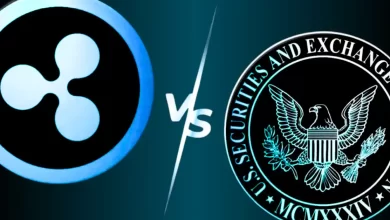Ripple CTO Sheds Light on XRP Ledger’s Core Design Amid Pivotal Question

In a recent discussion, Ripple CTO David Schwartz addressed an important question that has intrigued the XRP community: can XRP ledger (XRPL) have two tokens with the same name? Schwartz’s response provided valuable insights into the original design intent of XRP Ledger and its handling of token names, especially those denominated in USD.
Schwartz highlighted that the XRPL was originally designed with this intent: all USD-denominated tokens would use USD, and those trying to pay and get paid could consider all USD they support as fungible. Schwartz’s explanation highlighted a key aspect of the XRPL’s architecture: the focus on the fungibility of tokens with the same denomination.
By using a common identifier like “USD” for all USD-denominated tokens, the ledger aims to streamline transactions and ensure that all such tokens maintain fungibility.
The XRPL supports assets other than XRP that can be represented as tokens. Standard tokens are fungible, meaning all token units are interchangeable and identical, allowing for cross-currency payments.
Tokens may also be non-fungible. Non-fungible tokens (NFTs) are used to represent ownership of unique tangible, non-physical or entirely digital products, such as pieces of art or in-game items. Stablecoins are also a common model for tokens on XRP Ledger.
The issuer possesses valuable assets outside of XRP Ledger and issues tokens that represent equal value on the ledger. The history of the XRP Ledger dates back to 2011 when three engineers, David Schwartz, Jed McCaleb and Arthur Britto, began working on it.
They were fascinated by Bitcoin and set out to create a better version that improved on its limitations — to produce a digital asset that was more sustainable and built exclusively for payments.





